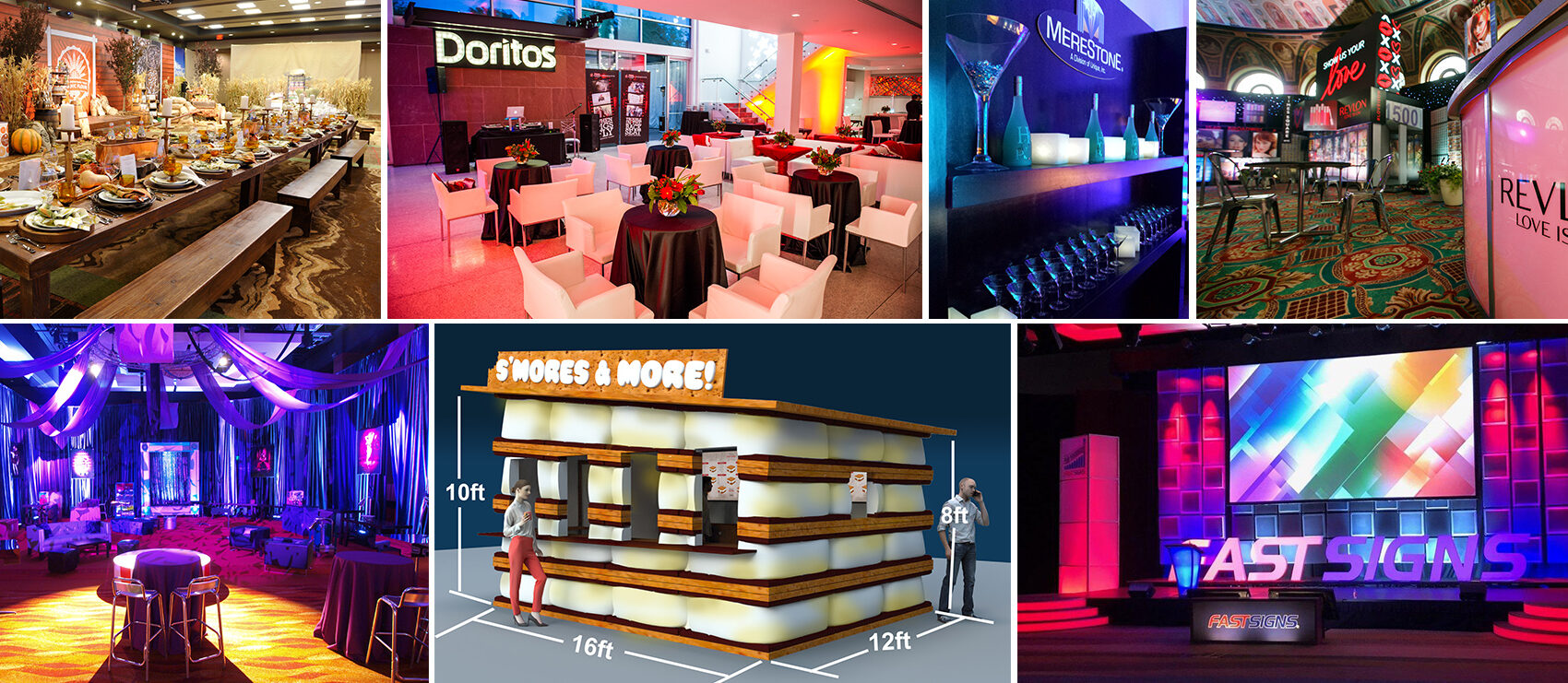Essential Strategies for Maximizing the Durability of Your Light Emitting Diode Wall
Wiki Article
LED screens are becoming progressively popular for various purposes, from marketing to entertainment. To ensure that these screens operate effectively over time, it is crucial to implement strategies that maximize their durability. Comprehending the factors that affect the durability of Light Emitting Diode screens can assist users maintain their functionality and prevent unneeded replacements.
One of the primary elements that can prolong the durability of an LED wall is proper setup. It is vital to have a skilled team handle the installation procedure to guarantee all parts are correctly attached. Inadequate setup can lead to electrical issues or physical damage. Additionally, the location of the Light Emitting Diode screen should consider environmental factors such as light exposure and humidity levels. A properly set up screen in a proper site will reduce the risk of damage caused by external elements.

Routine upkeep is another key strategy to extend the lifespan of an Light Emitting Diode wall. This includes routine checks to check for any indicators of deterioration or failure. Dirt and dirt can accumulate on the surface of the Light Emitting Diode screens, impacting luminosity and hue quality. Cleaning the screens with appropriate cleaners will assist keep ideal clarity. It is also essential to monitor the electronics behind the display, making sure that all links are tight and that there are no heat issues, which can greatly shorten the lifespan of the components.
Power management plays a crucial role in improving the lifespan of an LED wall. Over-voltage or fluctuating power supply can harm the inner circuitry. To avoid this, using a reliable electric supply and putting in place overvoltage protection measures is advisable. Additionally, adjusting the screen to function at reduced luminosity levels when intense brightness is not necessary can reduce wear on the LEDs. This not only extends the lifespan of the wall but also conserves energy, making it a economical option.
Furthermore, program control can affect the functionality of Light Emitting Diode screens. Consistently refreshing the program that operates the screen guarantees that it operates smoothly and includes any essential security patches. Outdated software can lead to performance issues and may expose the system to look at this now vulnerabilities. Proper scheduling of content can also help in managing the workload of the display, allowing it to rest during non-peak hours, which can contribute to a greater lifespan.
In conclusion, extending the durability of an LED screen involves a mix of proper installation, routine upkeep, efficient power management, and careful program management. By focusing on these essential tactics, users can guarantee that their Light Emitting Diode displays stay operational and visually pleasing for many years. Implementing preventive measures will not only enhance the functionality of the LED wall but also offer a better yield on cost over time.